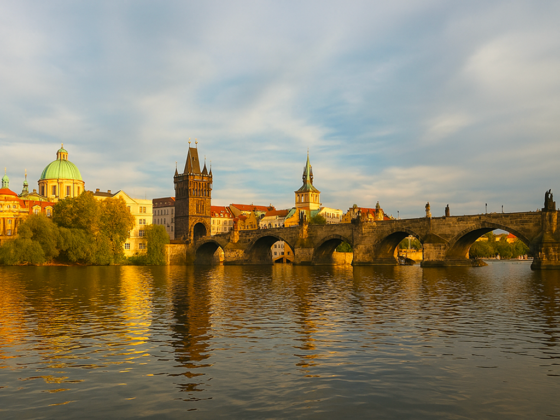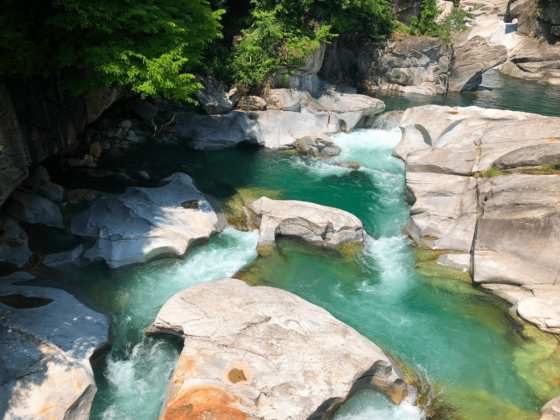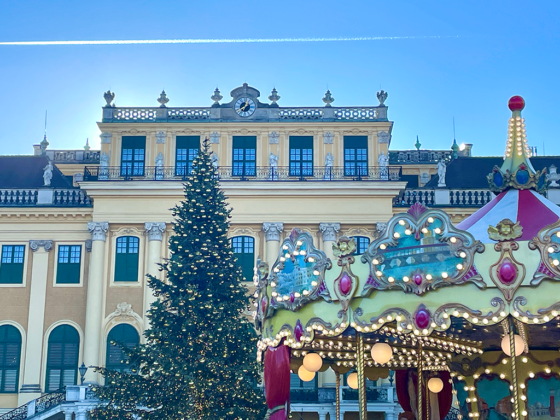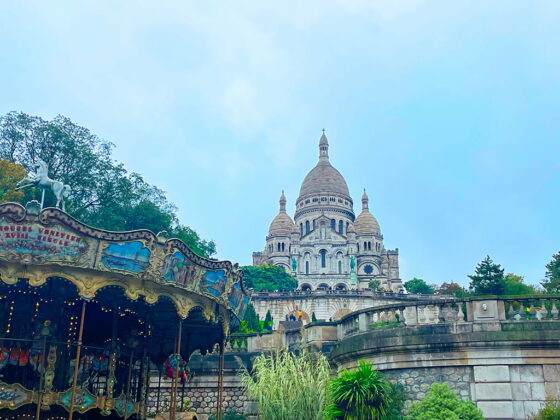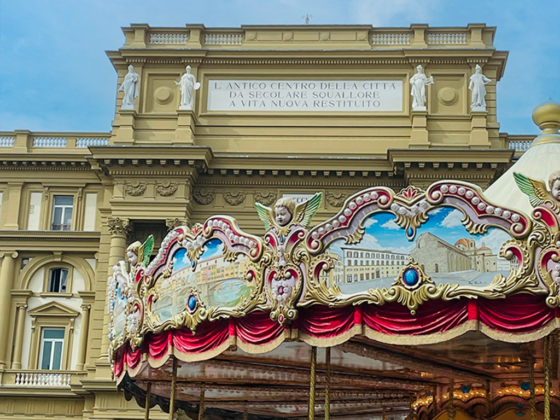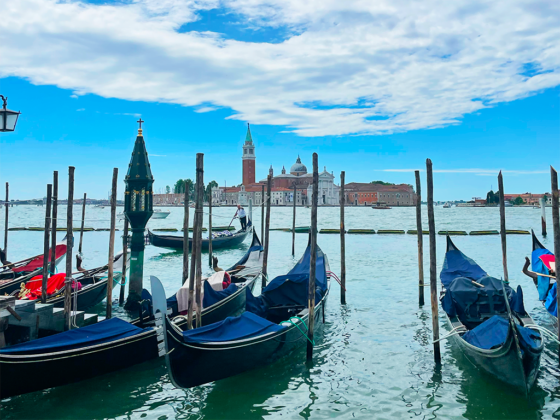Like every year, punctually, we take advantage of the Easter weekend to get away from the routine a bit and take a getaway for a few days, usually to a European capital. This year we decided to combine two cities: Prague and Budapest, two destinations that, although close to each other, have completely different personalities.
If you haven’t already done so, read the first leg of our trip to Prague.
The second stop is Budapest. The elegant atmosphere of the Hungarian capital welcomes us immediately, with its wide boulevards, imposing imperial-style buildings and famous baths. We discover the city, alternating between strolls along the Danube and stops at characteristic historic cafés. The Parliament, imposing and beautifully lit up at sunset, the Buda Castle dominating the hill and the covered markets, full of authentic flavours, perfectly represent the essence of Budapest. Here, too, April brings longer and milder days, ideal for exploring the city on foot, surrounded by the bright colours of spring as it begins to awaken the city’s gardens and parks.
Map
Day 1: The political and cultural heart of Budapest
We start the day with a walk through the Lipótváros district, where the Budapest Stock Exchange is located, an imposing neoclassical building that testifies to the city’s economic importance in the 19th century. Although today it no longer houses the stock exchange, its majestic façade is worth a photo stop.
A short walk away is Szabadság Park, a green oasis in the heart of the city. The park is home to several monuments, including the Red Army Memorial and a statue of Ronald Reagan, bearing witness to Hungary’s complex history of the 20th century.
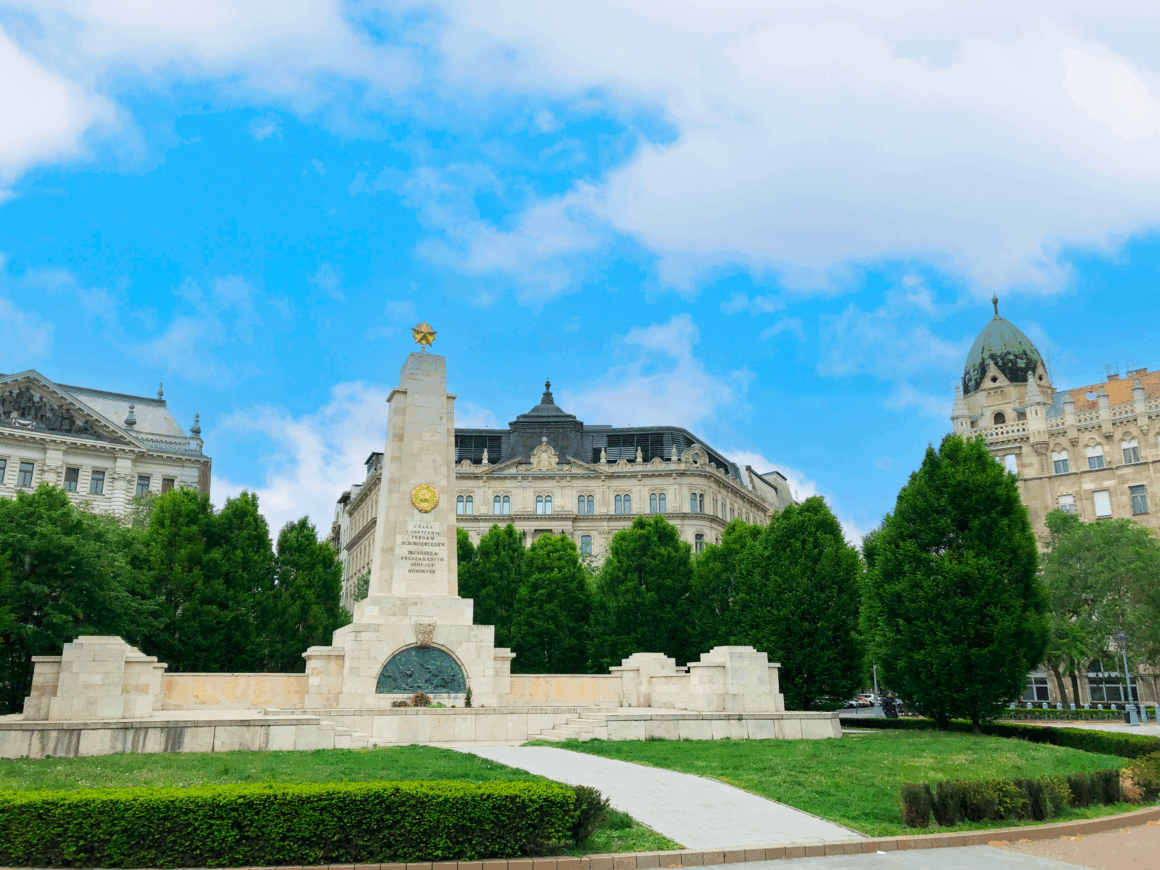
We continue to Kossuth Lajos Square, dominated by the statue of Lajos Kossuth, Hungary’s national hero. The square is a symbolic place, often the scene of events and demonstrations. From here there is a privileged view of the Parliament and the Danube.
The Parliament of Budapest is one of the most iconic buildings in the city. With its neo-Gothic façade and imposing size, it is the third largest parliament in the world. We recommend booking a guided tour to admire the interior, where the Dome Hall and St Stephen’s Crown stand out.
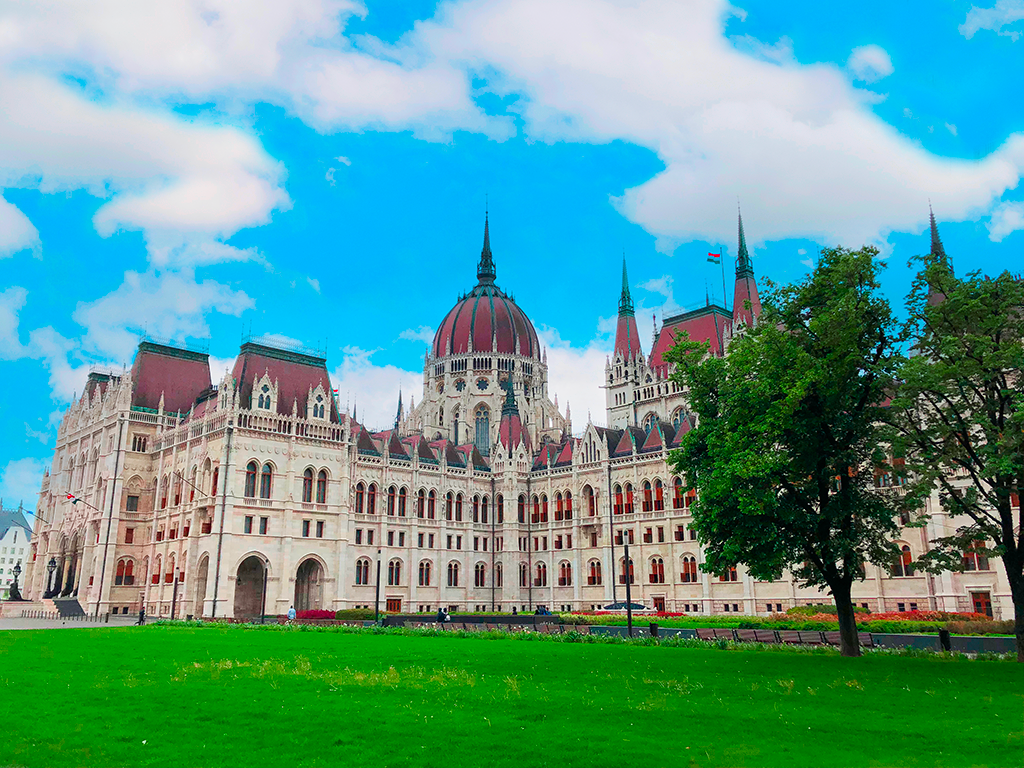
In the afternoon we move on to Heroes‘ Square, one of Budapest’s most important squares. In the centre stands the Millennium Monument, surrounded by statues of the leaders of the seven Magyar tribes and other Hungarian historical figures. The square is an ideal starting point for exploring Városliget Park.
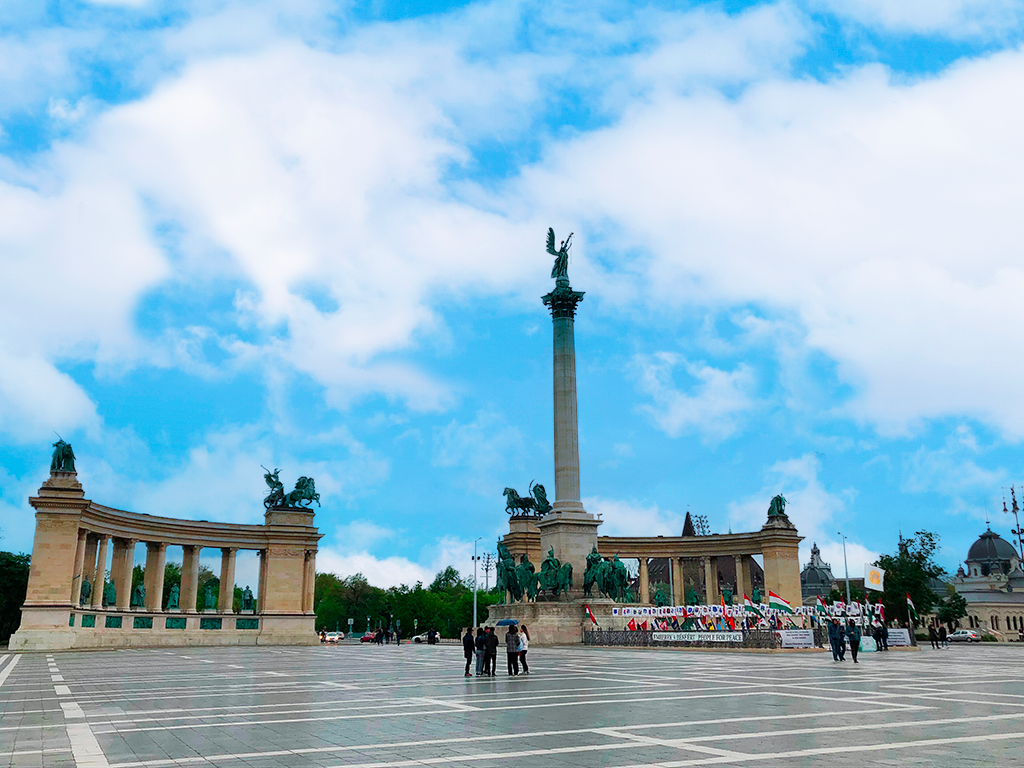
Inside the Városliget Park is the Vajdahunyad Castle, a fascinating structure combining different architectural styles, from Romanesque to Gothic. Originally built for the 1896 Millennial Exhibition, it now houses the Agricultural Museum. The castle is surrounded by a lake that turns into an ice rink in winter.
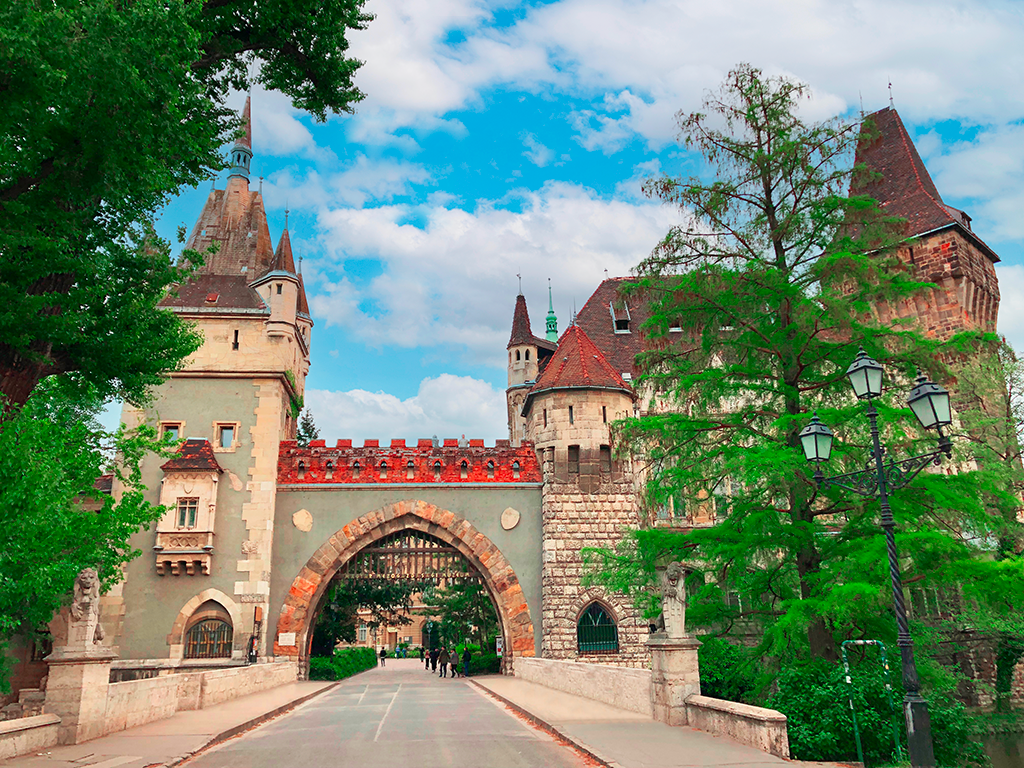
Day 2: Discovering the Jewish Quarter and Castle Hill
We begin the day in the Jewish quarter with the Kazinczy Street Synagogue, an Art Nouveau jewel built in 1913. It is one of the most important Orthodox synagogues in Budapest and represents the spiritual heart of the city’s Orthodox Jewish community.
A short distance away is the Great Synagogue of Budapest, the largest in Europe and the second largest in the world. With its impressive Moorish façade and ornate interior, it is a place of great historical and cultural significance. Inside is also the Jewish Museum and the Holocaust Memorial.

In the afternoon we head to the Elizabeth Tower, located on János-hegy Hill. It is the highest point in Budapest and offers a breathtaking panoramic view of the city and its surroundings. The tower, built in 1911, is an ideal place for photography enthusiasts.
Descending towards the Castle district, we reach the Fishermen’s Bastion, a neo-Romanesque viewing terrace offering one of the best views of the Parliament and the Danube. Its seven turrets represent the seven Magyar tribes that founded Hungary.
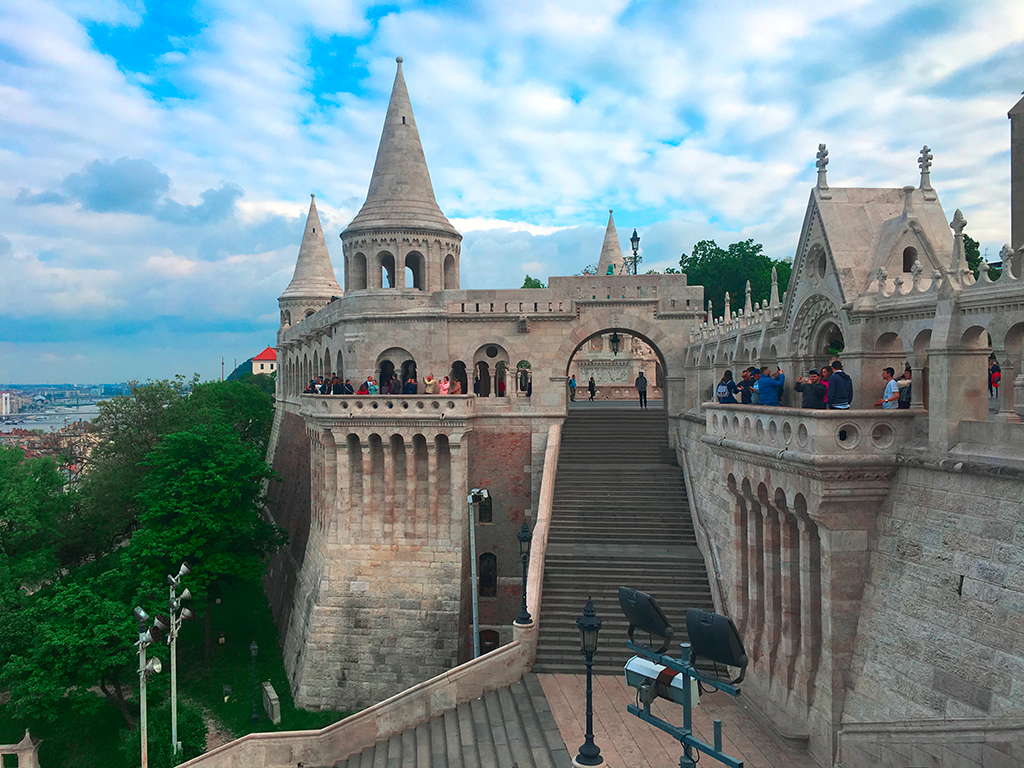
Beneath the castle quarter lies an intricate system of caves and underground passages known as the Castle Labyrinth. Used over the centuries for various purposes, today it is open to the public and offers a fascinating experience of history and mystery.
Castle Hill is the historical heart of Budapest. Strolling through its cobbled streets you can admire historical buildings, museums and cafés. The area is a UNESCO World Heritage Site and offers picturesque views at every turn.
We visit Buda Castle, an imposing structure that dominates the city. It houses the Hungarian National Gallery, the Budapest Historical Museum and the Széchényi National Library. In the evening, the illuminated castle offers an atmospheric spectacle.
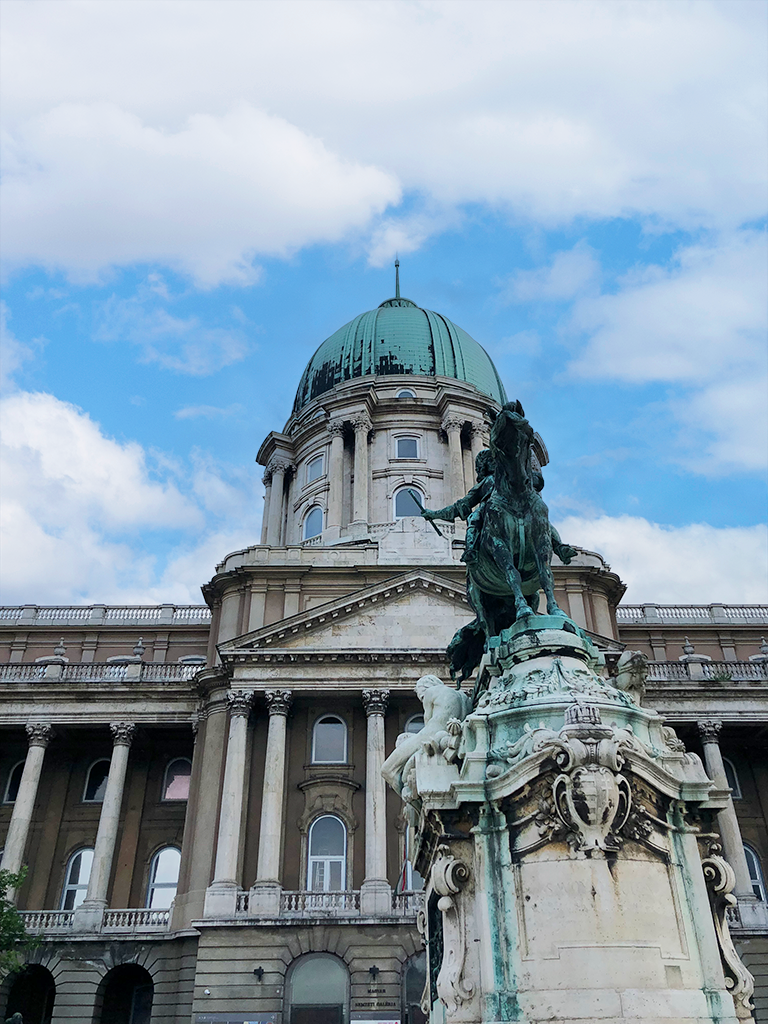
But the day does not end there. Back on the Pest side, we take an evening ride on the Ferris Wheel of Budapest, the Ferris wheel located on Erzsébet Square. From the top of its enclosed cabins, we enjoy views of the city’s illuminated rooftops, bridges and night skyline.
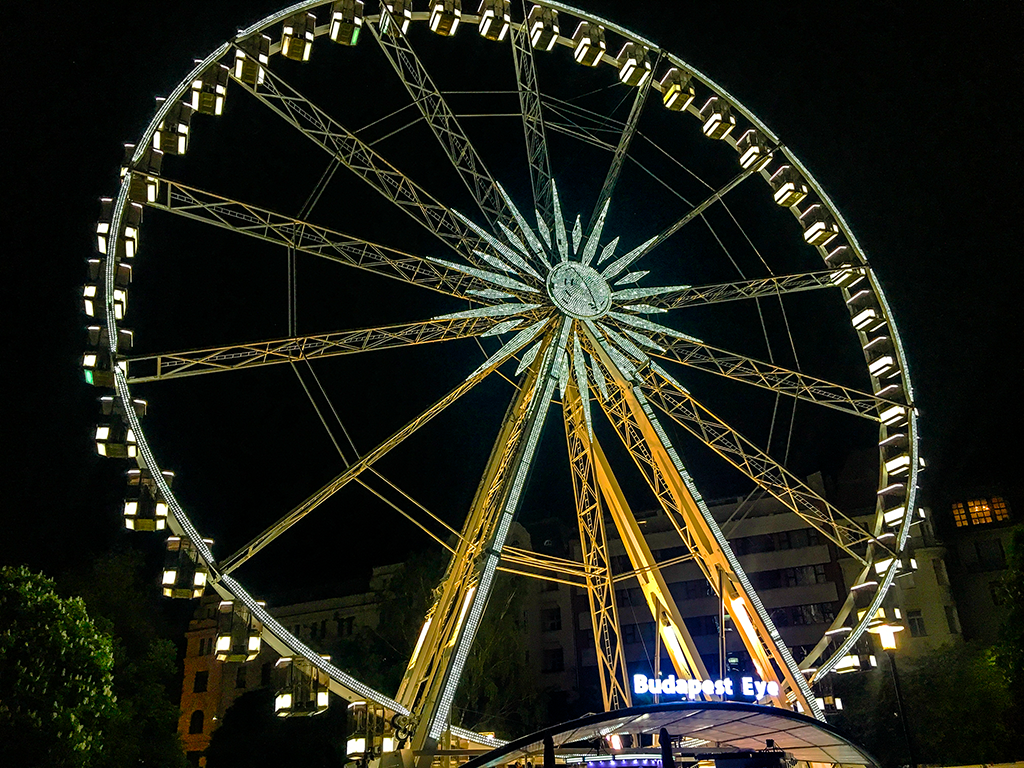
Day 3: Gellért Hill, relaxing at the spa and cruising on the Danube
We begin our last day in Budapest by exploring Gellért Hill, one of the most scenic areas of the city. As we ascend, the first spot we encounter is the Statue of St Gellért, erected in memory of Hungary’s first bishop, who, according to legend, was martyred on this very hill. The statue, with its imposing cross, is also visible from the Elizabeth Bridge.
From here, we continue along a path surrounded by greenery until we reach the Monument to the Prince of Buda and the Princess of Pest, symbolising the union of the two souls of the city, Buda and Pest, separated by the Danube.
Continuing the ascent, one reaches the symbolic heart of the hill: the Szabadság-szobor, or Statue of Liberty, an imposing figure dominating the city from above, originally erected to commemorate Soviet liberation but now reinterpreted as a symbol of freedom and national rebirth.
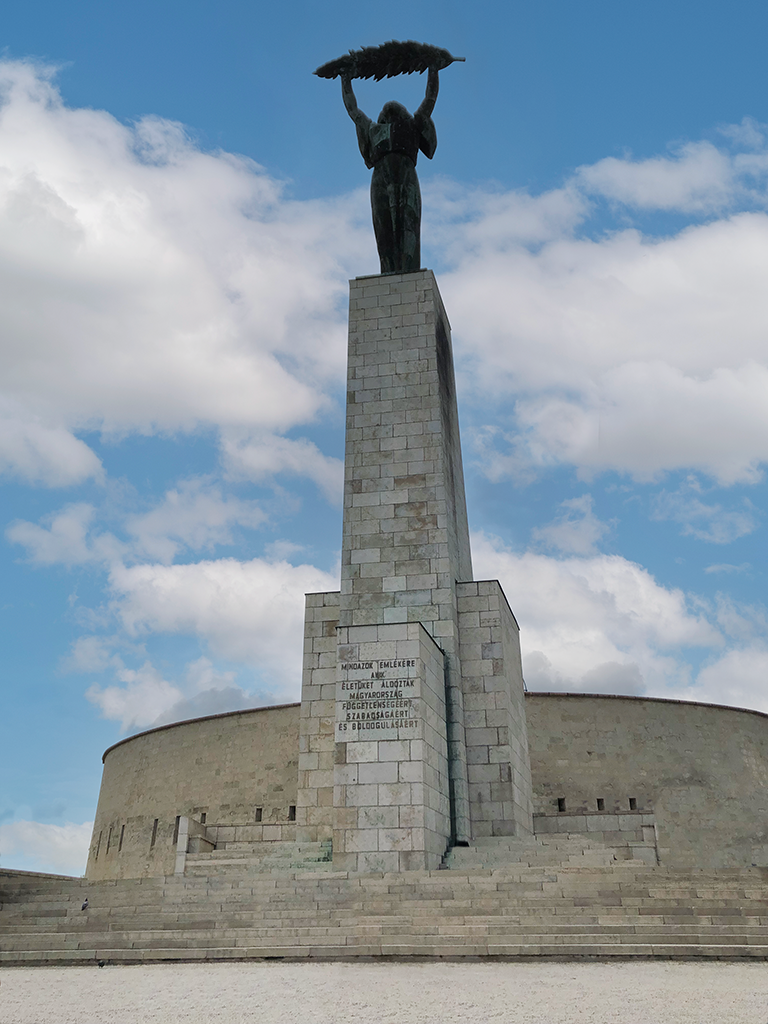
A little further on is the Kilátóterasz, a panoramic terrace offering a breathtaking 360° view of Budapest: from here one can see the bridges over the Danube, the Parliament, the Fishermen’s Bastion and even the Buda hills on the horizon.
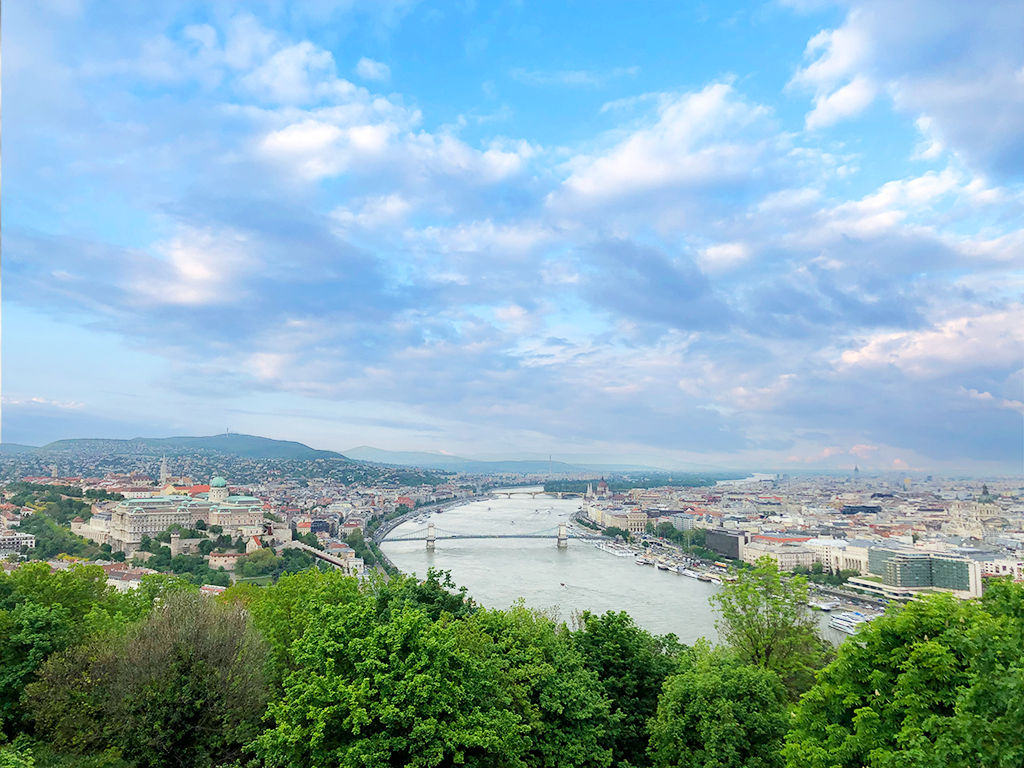
On our way down to the foot of the hill (on the opposite side of the hill from which we climbed) we almost accidentally come across the Csúszdapark, a playground with slides and children’s attractions. And two big kids who come across a park can’t help but stop and play, we have a great time especially with the trampolines!
In the afternoon we relax at the Gellért Baths, one of Budapest’s most famous thermal complexes. With its thermal pools, saunas and Art Nouveau ambience, it is the ideal place to regenerate after days of walking.
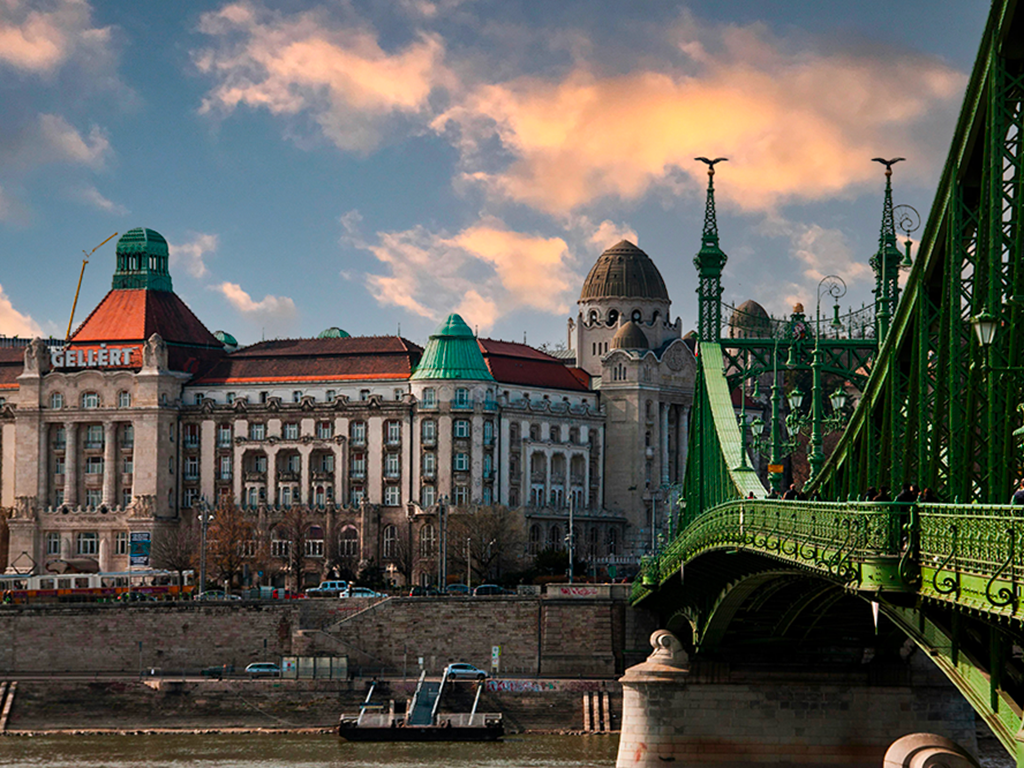
We end our stay with an evening cruise on the Danube. Navigating the illuminated bridges and admiring the monuments reflected in the water is a perfect way to end these three days.
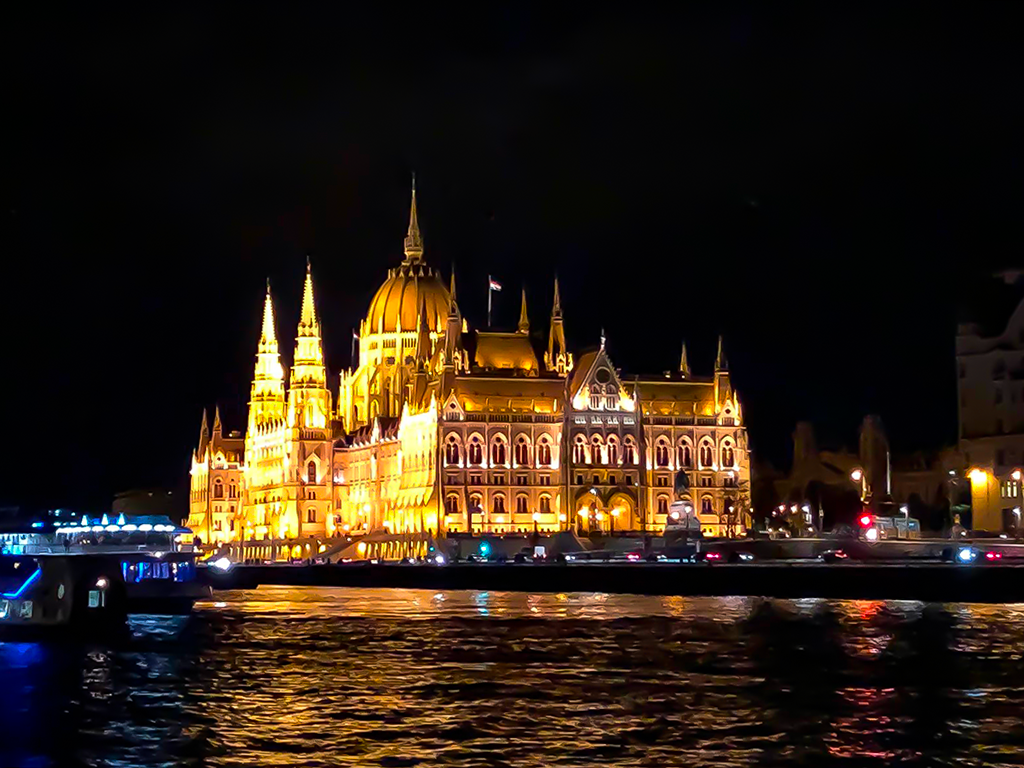
Last modified: 2 September 2025
